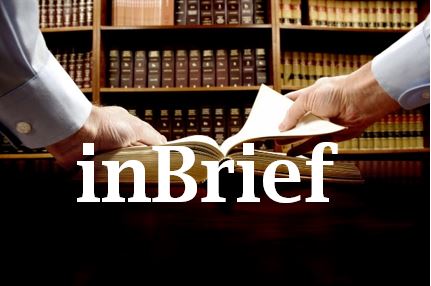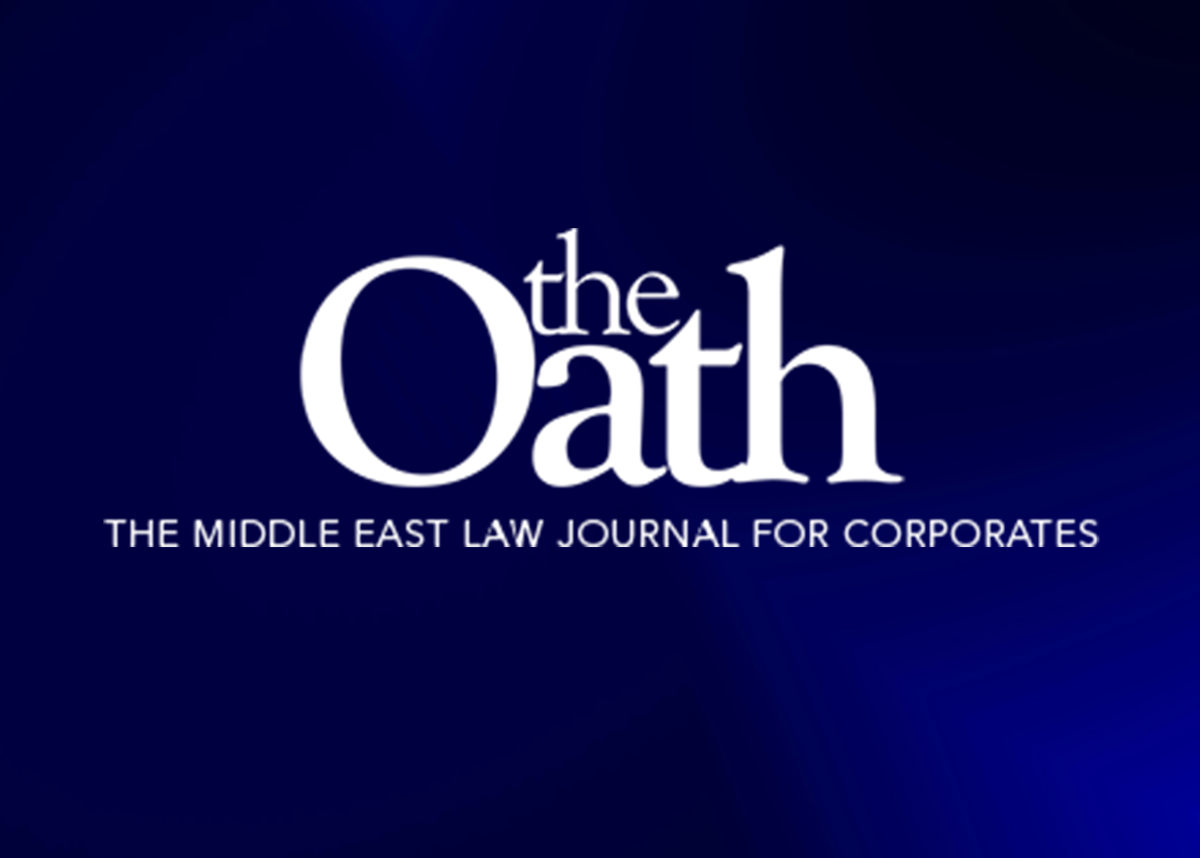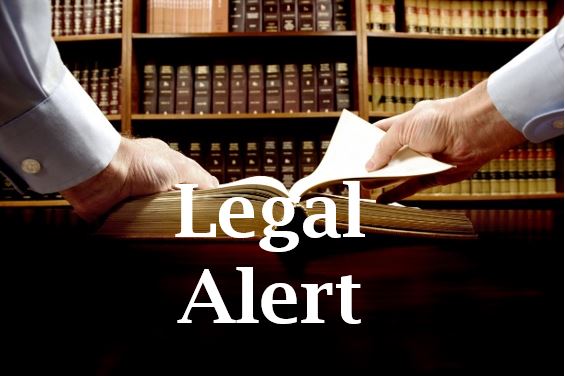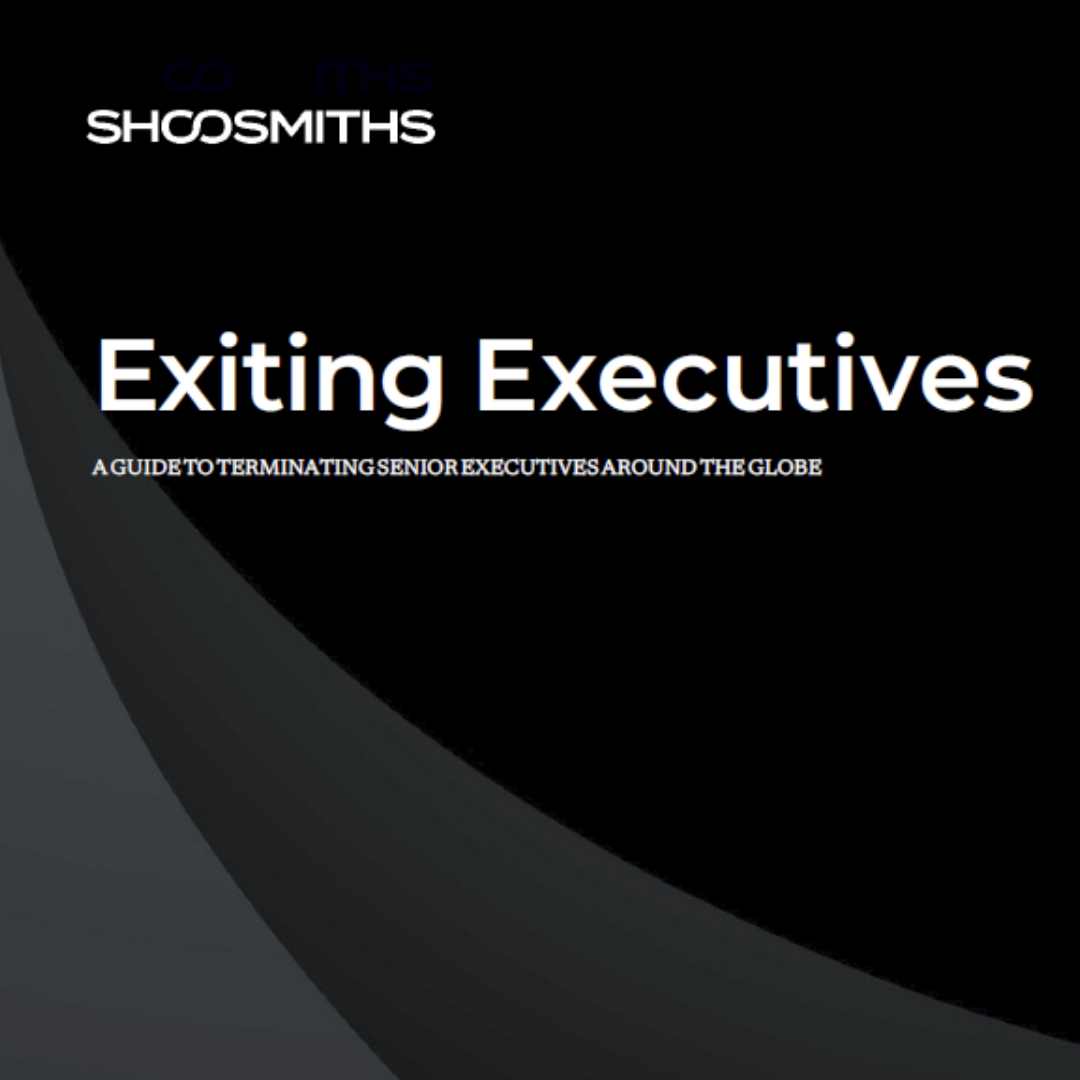With the first UAE corporate tax registration deadline looming (31 May 2024), companies and other businesses need to ensure that they have checked their deadline to register as a taxable person.
The registration process under the Federal Law No. (47) 2022 (CT Law) is still new to the UAE and 2024 marks the first mandatory year for companies to register with the Federal Tax Authority (FTA) as a taxable person. Since this is the first year for such registration, companies and individuals (where applicable) should be aware that additional requirements (documents and/or fees) may be requested from the FTA following submission of the company’s registration via the EmaraTax portal (Portal).
When evaluating whether one has an obligation to register for corporate tax, a prudent question that arises is whether or not you are captured under the CT Law provisions as a taxable person. To the extent that the answer to this question is yes, you will then need to look at whether you are required to register. In the majority of cases, if the answer to the first question is yes, the answer to the second question will also be yes, save for certain automatic exemptions, which we have discussed below.
Am I a taxable person?
i) Individuals
CT Law shall apply to natural persons engaged in a business or business activities in the UAE. This will include sole establishments or proprietorships and individual partners in an unincorporated partnership conducting business in the UAE. As a general rule, whether an individual is engaged in a business that is subject to CT will depend on whether the activity requires a commercial license or equivalent permit from the relevant competent authority.
ii) Companies, Partnerships and other Legal persons
CT Law shall apply to UAE companies, partnerships and other legal persons incorporated in the UAE, as well as to foreign legal entities that have a permanent establishment in the UAE or that earn UAE-sourced income.
For the application of CT Law, legal persons incorporated in a foreign jurisdiction that are effectively managed and controlled in the UAE will be treated as if they are UAE-incorporated entities.
Limited and general partnerships and other unincorporated joint ventures and associations of persons will be treated as ‘transparent’ for corporate tax purposes, meaning, the income generated from such establishments will ‘flow through’ and be taxed in the hands of the partners or members only.
I am a taxable person; do I need to register?
UAE branches of domestic companies are considered an extension of their ‘parent’ or ‘head office’ and are therefore not considered separate legal entities and are not required to separately register or file for UAE corporate tax. However, the parent and/or head office of the UAE branch is required to register.
In contrast, UAE branches of foreign businesses likely will be required to register via the Portal, on the basis that the income earned shall be included and deemed taxable income. It is notable that such entities may be eligible to apply for certain corporate tax exemptions and we can advise on this further on a case-by-case basis. However, such tax exemptions do not negate the requirement for these entities to register as a taxable person under the CT Law.
Freezone companies, that are engaged in business or business activities in the UAE, must register via the Portal, even if they are eligible to apply for, and avail certain exemptions in relation to corporate tax liability.
Foreign individuals may also be required to register via the Portal as a taxable person should they undertake a licensed business activity within the UAE. However, it should be noted that wages earned by individuals are not taxable, therefore, a foreign individual (being a natural person) shall not need to register via the Portal as a taxable person if they are earning an employment wage in the UAE.
What if I don’t register?
The current fine for failing to register as a taxable person within the specified deadline is AED 10,000.
In its latest reports, the FTA conducted 40,000 inspection visits in local markets across all emirates in the UAE in 2023, marking an 80% increase from 2022. This intensified supervisory effort is aimed at combatting tax evasion and promoting tax compliance. Therefore, companies, businesses and individuals should be aware that although corporate tax is new to the UAE, the authorities are taking a firm approach to ensuring compliance.
Do I still have to register if exemptions apply?
Under CT Law a company and or an individual undertaking a business activity or business must register whether or not that entity may be eligible for certain tax exemptions unless an exemption already applies. Please refer to below.
So, who should not register?
Companies who may not need to register pursuant to the current guidance released by the FTA are as follows:
| Automatically exempt unless conducting a business or business activity under a license as issued by licensing authority. |
Government Controlled Entity | Exempt if the entity carries out ‘Mandated Activities’ (an activity conducted by a company directly or indirectly wholly owned and controlled by Federal, Local Government, ministries, governmental departments, agencies, and/or public institutions). Otherwise, shall be subject to corporate tax if conducting a business or business activity under a license as issued by licensing authority. |
| May not be required to register unless they conduct a business which is within the scope of corporate tax. |
Non-Extractive Natural Resource Business | May not be required to register unless they conduct a business which is within the scope of corporate tax. |
What if an automatic exemption doesn’t apply to a company?
Should a company not fall into one of the above automatic exemption categories, then the company must register via the Portal (whether established or not in a freezone) and following such registration, may apply for an applicable tax exemption from being subject to corporate tax on the company’s earnings. These tax exemptions include but are not limited to:
– Qualifying Freezone company, undertaking a qualifying activity, earning qualifying income;
– Qualifying public benefit entities, including but not limited to charities; and
– Public and private pension/social security funds.
Additional tax exemptions may assist in resulting in a lower or zero percent tax rate:
– Permanent Establishment rules
– Foreign Permanent Establishment rules
– Double Taxation agreements
What about individuals?
Individuals once again shall need to register if they undertake a business or business activity. Notwithstanding this, individuals shall not be taxed and therefore shall not need to register for corporate tax where the income is generated as a result of the following:
– Wages earned from a company, including income earned as compensation for duties carried out as an executive on a board.
– Personal Investment Income: for example; where an individual uses personal savings, invests into a listed company, and earns income from the investment, this shall not be deemed a taxable income. In this context, the individual will not need to register.
– Real Estate Income: being income earned from rental income or the sale of a property.
However, although certain income may be taxable, individuals may be eligible for certain tax exemptions and may avail a more favourable corporate tax rate of zero percent benefiting from applicable exemptions (to be evaluated following registration) such as:
– Turnover threshold;
– Withholding Tax rate; and/or
– Exempt income.
***
Afridi & Angell advises international and domestic clients with respect to corporate tax structuring, corporate tax exemptions/reliefs, coordination with taxes paid abroad/foreign tax credits, compliance and registration. ■






